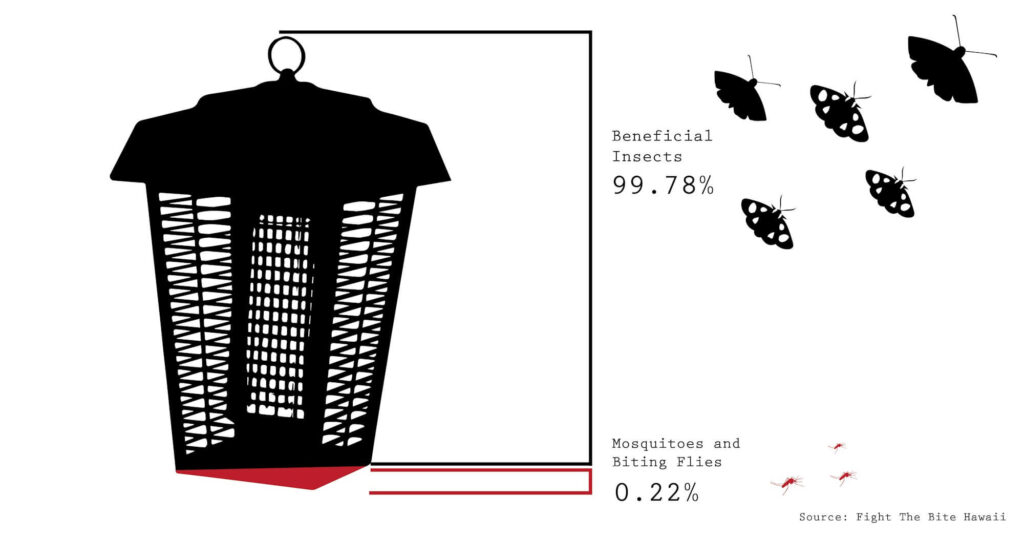Introduction of Bug Lamps
Bug lamps, often called insect traps or zappers, are widely used to attract and eliminate flying insects, providing relief from pests in various settings. Typically associated with nighttime use, insect lamps have raised questions about their effectiveness during daylight hours. This article explores how bug lamps work, their potential advantages when used during the day, and essential considerations to maximize their efficiency.

How Bug Lamps Work
The Science Behind Bug Lamps
Bug lamps utilize ultraviolet (UV) light to attract insects. Many insects are naturally drawn to UV rays, which mimic certain natural light sources they rely on for navigation. Once an insect approaches the lamp, it’s either trapped or electrocuted, depending on the device’s design.
Effectiveness in Attracting Insects During the Day
During the day, UV light from bug lamps must compete with natural sunlight, which can diminish its lure. However, some species—especially those still active during daylight—are still drawn to the UV output, making bug lamps effective in controlled environments or shaded areas.
Benefits of Using Bug Lamps During the Day
Reducing Insect Population
Using bug lamps during the day can help decrease insect numbers, particularly in areas prone to high insect activity, like gardens or outdoor seating areas. This reduction minimizes the risk of insect-borne discomfort or nuisance, creating a more pleasant environment.
Minimizing Insect-Related Diseases
Insects like mosquitoes are known vectors for diseases. While mosquitoes are generally more active at dawn and dusk, reducing their population throughout the day can contribute to a safer environment, especially in areas with high disease transmission risk.
Creating a More Comfortable Outdoor Environment
Daytime use of bug lamps helps maintain a comfortable, insect-free setting for outdoor activities. This can be especially beneficial in public spaces, parks, or patios where uninterrupted enjoyment is a priority.
Factors to Consider When Using Bug Lamps During the Day
Placement of Bug Lamps
Where you position insect lamps during the day can significantly affect their efficiency. Placing them in shaded or covered areas helps the UV light stand out, attracting more insects. Ensuring the lamp is slightly away from high-traffic areas reduces the likelihood of human contact with the device.
Types of Insects Attracted
Not all insects are equally drawn to insect lamps, particularly in daylight. Species that remain active during the day, such as certain types of flies, moths, and mosquitoes, are more likely to be attracted to insect lamps. Understanding the local insect types and their behavior can help in choosing the right time and place for bug lamp usage.
Environmental Impact
Frequent use of insect lamps, especially in ecologically sensitive areas, can affect local insect populations. Beneficial insects might also be attracted to the light and inadvertently killed. Opt for eco-friendly models or adjust usage based on the environmental needs of the location.
Conclusion
Bug lamps can indeed function during the day, though with varied effectiveness based on light conditions and insect activity. With the right placement and a clear understanding of the surrounding insect population, insect lamps can serve as a valuable tool in maintaining a more comfortable and healthier environment, even in daylight hours. However, users should also weigh environmental impacts and consider eco-friendly options to maintain a balanced approach.
FAQs About Using Bug Lamps During the Day
Q1: Are insect lamps more effective at night than during the day?
Yes, insect lamps are generally more effective at night because UV light stands out more in darkness, making it easier for insects to detect and follow.
Q2: Can using a insect lamp during the day attract beneficial insects?
Yes, insect lamps can attract some beneficial insects. Using eco-friendly options or placing them strategically can help reduce this impact.
Q3: Do bug lamps work better in shaded areas during the day?
Absolutely. Shaded areas allow the UV light to be more visible, thus improving the lamp’s attractiveness to insects.
Q4: Is it safe to use insect lamps around children and pets during the day?
Most insect lamps are safe when placed out of reach. Keep lamps away from high-traffic areas to avoid accidental contact.
Q5: How can I reduce the environmental impact of insect lamps?
Consider using insect lamps only when necessary, choose eco-friendly models, and be mindful of local insect populations.
